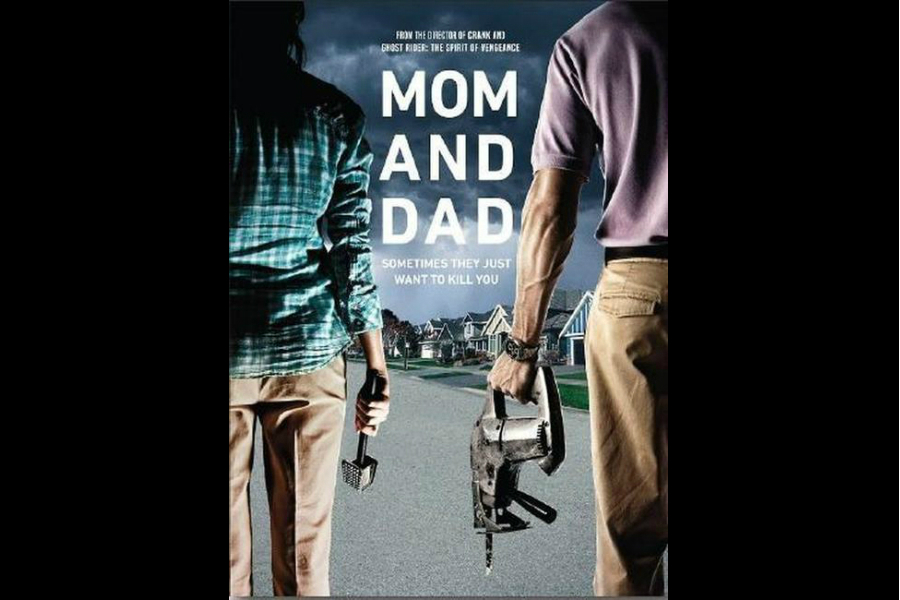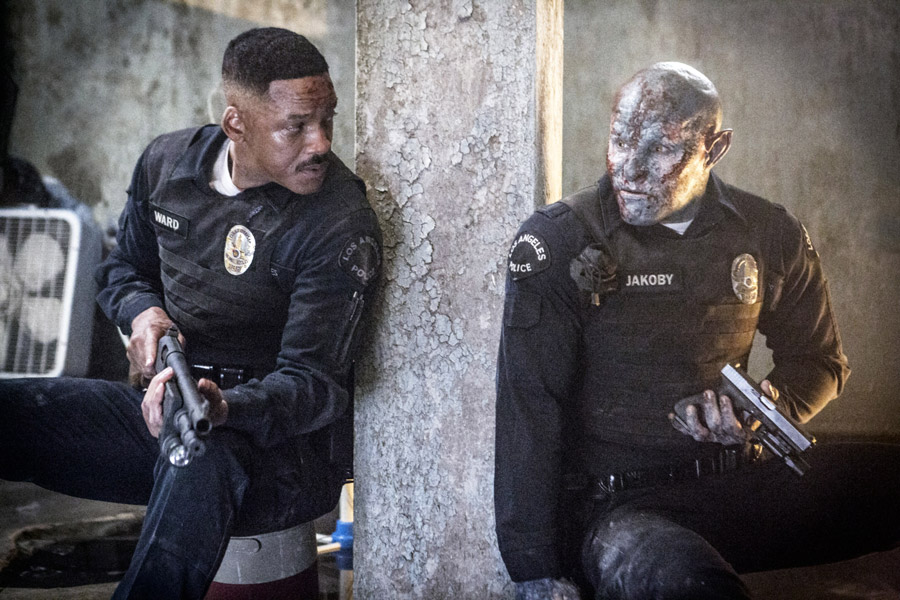The Week in Movie News: 'Bright' Sequel Confirmed, 'Slender Man' Trailer and More
Need a quick recap on the past week in movie news? Here are the highlights:
BIG NEWS
Netflix’s Bright is getting a sequel: Netflix revealed that the new fantasy action movie, Bright, starring Will Smith and Joel Edgerton, is their most popular original feature ever and confirmed a sequel is in the works with returning director David Ayer. Read more here.

GREAT NEWS
Women and black directors had an amazing year: Women filmmakers and protagonists did very well at the box office in 2017, with the top three highest-grossing movies being led by female characters, while black directors also made progress with a number of hits. Meanwhile, one of those directors had the best-reviewed wide release of the year Read more here and here.

SURPRISING NEWS
John Williams is working on the Solo: A Star Wars Story score: Movie score icon John Williams has composed the music for every Star Wars episode except the standalone spin-off Rogue One and he wasn’t expected to work on Solo: A Star Wars Story. But now he is involved with the upcoming installment. Read more here and learn about how Christian Bale surprisingly considered a role in the movie here.

COOL CULTURE
Dunkirk mash-ups: Christopher Nolan’s Dunkirk has inspired a number of fun videos lately, including the expected mash-up with Darkest Hour below. See more involving historical footage, Top Gun music and more here and here.
[embedded content]

EXCLUSIVE MOVIE GUIDE
Every major 2018 superhero movie: Our comic book movie expert showcased all the superhero movies to look forward to this year, from Black Panther to Aquaman. Read the comprehensive guide here.

MUST-WATCH TRAILERS
Slender Man adapts a meme into a movie: One of this year’s hottest horror movies is Slender Man, which is based on a myth about a tall, thin man who terrifies teens. Watch its first trailer here:
[embedded content]

Mom and Dad offers Nic Cage at his most furious: The first trailer for Mom and Dad sees Nicolas Cage and Selma Blair as parents who suddenly turn on their children, violently. Watch it here:
[embedded content]

Fifty Shades Freed teases twists and turns: The latest trailer for the third, final installment of the Fifty Shades trilogy promises some surprises for the new movie. Check it out here:
[embedded content]
and





